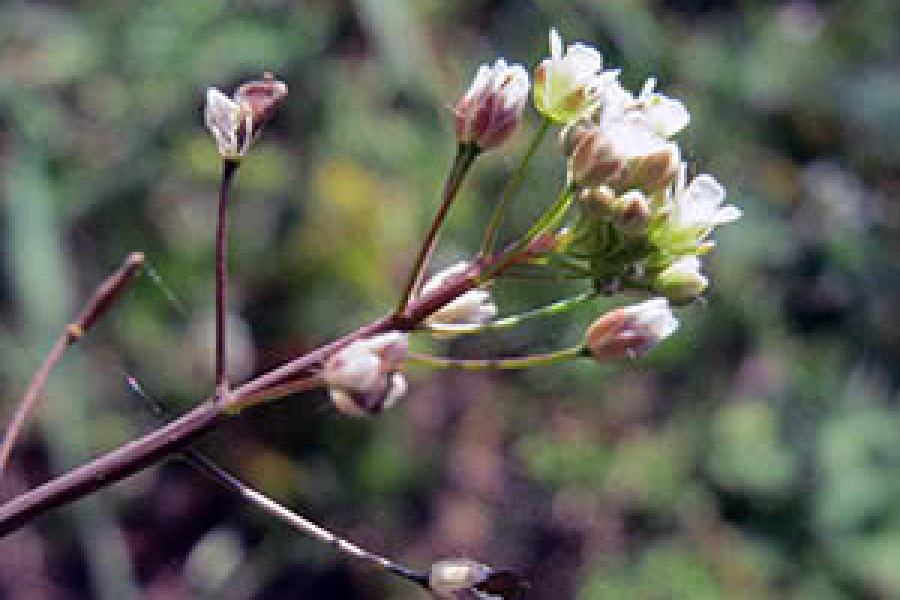There are 5 species of this medicinal plant in the world, and 1 species in Turkmenistan. The plant propagates by seeds. One root plant produces about 50,000 seeds. Shepherd’s purse seeds can remain viable for up to 6 years. Shepherd’s purse is very common in all regions of our country, except for desert areas. It occurs as a weed in gardens, vegetable and horticultural crops, fields and roadsides. Enough supplies for medicinal purposes. Its grass, leaves and flowers serve as raw materials. Raw materials should be collected mainly in April-May, when the plant blooms. It is widely used in folk medicine for bleeding, diseases of the kidneys and gallbladder. Shepherd’s purse is also used to regulate blood pressure. The young leaves of the plant are edible. Drink 50-60 drops of juice prepared from the fresh herb of the plant, 3 times a day. 2 tablespoons of freshly dried shepherd’s purse grass should be thrown into a bowl of boiling water, kept for about an hour and strained through cheesecloth. Ready infusion should be taken 1 to 3 times a day for an hour before meals.




